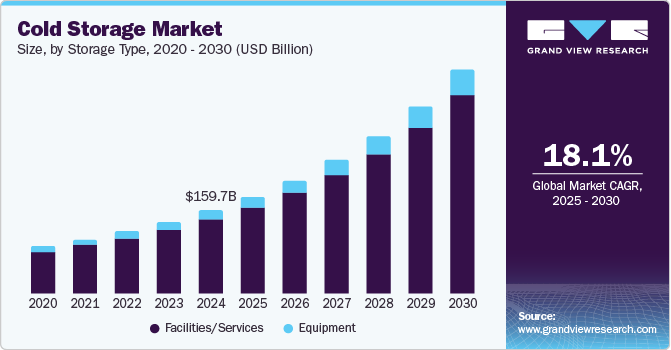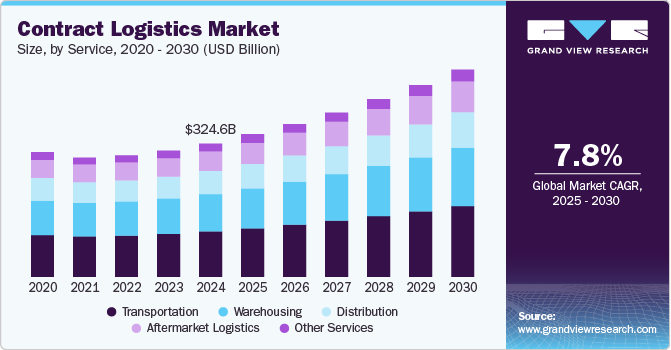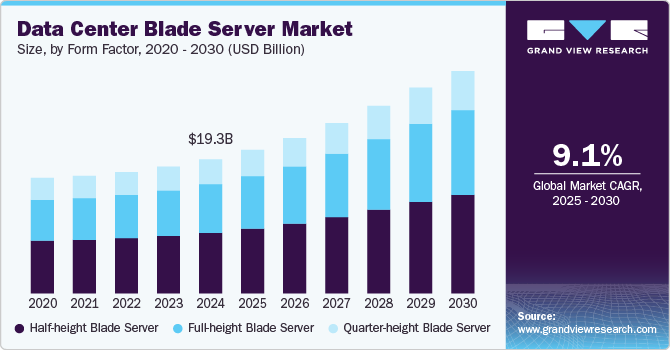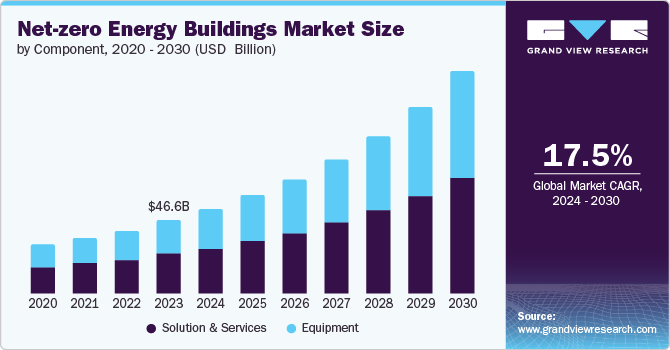Near Field Communication Market Size, Share & Trends Analysis growing at a CAGR of 12.3% from 2025 to 2030

The global near field communication market size was estimated at USD 30,850.9 million in 2024 and is projected to reach USD 61,226.7 million by 2030, growing at a CAGR of 12.3% from 2025 to 2030. The leading factor driving industry expansion is the continued growth in the popularity and use of contactless payment solutions, which has considerably increased transactional convenience for both customers and businesses.
Key Market Trends & Insights
- In terms of region, Asia Pacific was the largest revenue generating market in 2024.
- Country-wise, India is expected to register the highest CAGR from 2025 to 2030.
- In terms of segment, reader emulation segment accounted for a revenue share of 40.8% in 2024.
- Card emulation is the most lucrative type segment registering the fastest growth during the forecast period.
Market Size & Forecast
- 2024 Market Size: USD 30,850.9 Million
- 2030 Projected Market Size: USD 61,226.7 Million
- CAGR (2025-2030): 12.3%
- Asia Pacific: Largest market in 2024
Request a free sample copy or view report summary: https://www.grandviewresearch.com/industry-analysis/near-field-communication-nfc-market/request/rs1
According to the Connected Experience Report published by SharpEnd in April 2024, organizations are aiming to significantly increase their investments in NFC technology over the coming years. 85% of the brands surveyed stated that they are aiming to integrate near field communication (NFC) technology into their products, with an objective to create personalized customer experience and interactive experience for better brand engagement. The survey also found that the alcoholic beverages sector accounted for the largest proportion of businesses using NFC in their marketing programs.
The increasing adoption of smartphones globally and the frequent use of data transfer tools highlight the importance of near-field communication technology, ensuring seamless and secure transfer of files and documents. NFC is a substantially better and faster technology compared to its conventional counterparts, as it requires only around 100 milliseconds to establish a reliable connection. The modernization of the transportation sector and the rapid emergence of smart ticketing solutions have presented another potential avenue for industry growth. This technology ensures smooth ticketing as well as access management in public transportation networks, enhancing its appeal. Commuters, using their NFC-enabled smart cards or smartphones, can tap on readers at entrance points validate their tickets and gain access to various services. Contactless operation prevents the need to produce physical tickets, reducing line times and creating a comfortable boarding experience for passengers. For instance, the Netherlands has implemented the OVpay contactless payment system for public transport that enable passengers to avail train, metro, and bus services by using their preferred payment methods. The service was launched nationwide in June 2023 in partnership with MasterCard and is expected to introduce a subscription feature in the next phase.
Governments and non-government organizations are aiming to introduce innovations in near-field communications, ensuring further improvements in application areas. For instance, in July 2024, the NFC Forum, an organization that develops and regulates standards for NFC technology, published an overview of the ‘NFC Multi-Purpose Tap’ concept. This next-generation solution is expected to bring more value to consumers and businesses by supporting several actions with a single tap. This helps to optimize convenience in use cases such as point-to-point receipt delivery, identification, loyalty, and total-journey transit ticketing. Some notable examples cited by the organization includes simultaneously receiving retail payments and adding promotions and loyalty points, applying best fare pricing and concessions while purchasing travel tickets, and receiving details regarding the reuse and recycling of a product at the time of purchase.






